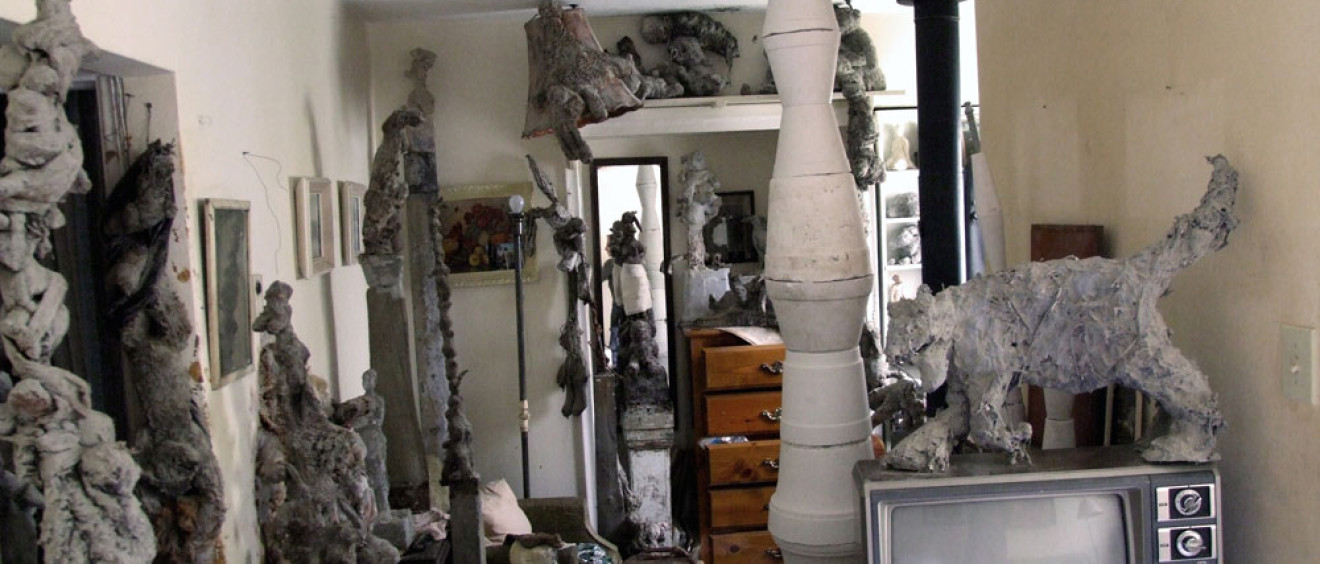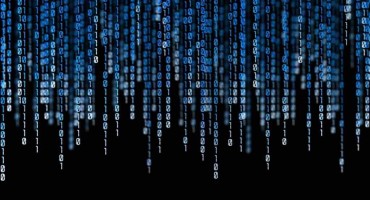
Rebecca Schneider’s “Archives Performance Remains”
The Western archive is both an epistemological and imperial space. As Jacques Derrida explains in Archive Fever, the archive is exemplary of the collusion between Empire and Enlightenment that constitutes modernity: “there is no political power without control of the archive,” he writes. (Derrida 1999) Therefore the archive is not only the guardian of historical knowledge, but its enabling and legislating force. He who controls the archive controls what we can know about the past.
In her essay “Archives Perfomance Remains” Rebecca Schneider sketches out the antagonistic relationship between performance and the archive that courses through Western historiography on the one hand, and performance theory on the other. Since the 1980s, the notion of performance as anti-archive has been central in performance studies, evident in the work of many theorists who have argued that the most constitutive trait of performance is its ephemerality. (Blau 1982; Sayre 1989; Phelan 1993; Blocker 1999; Goldberg 2004; Heathfield 2004) Peggy Phelan’s Unmarked: The Politics of Performance constitutes the most extended example of this theorization; in it, she sketches out an ontological relation between the event of performance and its subsequent disappearance. According to Phelan, “performance’s only life is in the present. Performance cannot be saved, recorded, documented… Performance’s being… becomes itself through disappearance” (1993, 146). If nothing remains after the event of performance, then performance offers up a powerfully anarchic strategy (anarchic in both the political and archival senses of the word) for performance artists and theorists invested in critiquing archival imperialism. According to this ephemeralist argument, performance is antithetical to the disciplining, preservative impulse of the Western archive. The archive effects the sepulchral mummification of remains, and therefore cannot assimilate the liveness and contingency that is performance’s constitutive trait. To use Schneider’s metaphor, the archive is bone (that which remains) to performance’s flesh (that which slips away): “In the archive, flesh is given to be that which slips away. Flesh can house no memory of bone. Only bone speaks memory of flesh. Flesh is blindspot” (102).
The problem with aligning performance with ephemerality is that it reifies the historiographical economy of the Western archive, which is predicated on saving material remains. As Schneider argues, in the Western historiographical tradition the objects remaining in the wake of an event constitute the primordial site of historical knowledge production: “The archive is habitual to western culture. We understand ourselves relative to the remains we accumulate, the tracks we house, mark, and cite, the material traces we acknowledge” (100). Schneider asks, what kinds of political and epistemological opportunities are lost if performance theorists submit to this kind of archival logic by formulating performance as ontologically ephemeral? “If we consider performance as a process of disappearance, of an ephemerality read as vanishment (versus material remains), are we limiting ourselves to an understanding of performance predetermined by our cultural habituation to the logic of the archive?” (100)
In other words, the insistence on performance’s ontological ephemerality constitutes a missed opportunity to use performance in interrogating, and destabilizing, the archive itself:
If we adopt the equation that performance does not save, does not remain, and apply it to performance generally, to what degree can performance interrogate archival thinking? Is it not precisely the logic of the archive that approaches performance as of disappearance? Put another way, does an equation of performance with impermanence and loss follow rather than disrupt a cultural habituation to the imperialism inherent in archival logic? [101]
If nothing remains in the wake of the event of performance, how is its power to be communicated to others? How does performance have any efficacy at all?
For Schneider, is inaccurate to say that performance disappears and the archive remains; rather, performance remains, but “remains differently.” How might we characterize this difference, and in so doing, pose a threat to archival logic? In answering this question, Schneider draws attention to one of the chief deficiencies of the archive—its dependence on originary identity. In its fetishization of the material remains of the past, the archive is held sway to “the pristine ideality of all things marked ‘original.’” (102) This emphasis on the original as the adjudicator of historical accuracy depends on an epistemology of identity, where the past can only be thought as singular and irrefutable. In contrast, Schneider discusses forms of performative history-making—oral history being the most obvious of these—that are characterized by what she terms “ritual repetition.” Performance enables a kind of historical knowledge that is generated through difference and repetition:
Because oral history and its performance practices are always decidedly repeated, oral historical practices are always reconstructive, always incomplete, never in thrall to the singular or self-same origin that buttresses archontic lineage. In performance as memory, the pristine sameness of an “original”, so valued by the archive, is rendered impossible—or, if you will, mythic. [102]
Performance challenges the originary authenticity of material remains because it is capable of a multiple and uncanny interruption of the past into the present. As Schneider writes, “performance becomes itself through messy and eruptive reappearance, challenging, via the performative trace, any neat antinomy between appearance and disappearance, or presence and absence—the ritual repetitions that mark performance as simultaneously indiscreet, non-original, relentlessly citational, and remaining” (103).[4]
In re-thinking performance not as ephemeral, but as that which “remains differently,” Schneider cleaves an opening for what she calls “different ways of accessing history” (101). Through an analysis of the uncanny ability of an American Civil War re-enactor to simulate a bloated corpse, Schneider demonstrates how performance disrupts a binary relationship between appearance and disappearance. This strange incident of a live body simulating death is emblematic of how disappearance effectively haunts remains, and vice versa: “Death appears to result in the paradoxical reproduction of both disappearance and remains. Disappearance, that citational practice, that after-the-factness, clings to remains—absent flesh ghosts bones” (104). In other words, remains and loss are mutually constitutive; thus, the ‘bones’ of the archive—historical documents—are performative, producing the fleshy losses to which they testify: ‘The archive performs the institution of disappearance, with object remains as indices of disappearance and with performance as given to disappear” (105).
In its disruption of archival logic, performance precipitates a re-thinking of historiography as event, as a series of documentary encounters that occur in and with the archive. [5] History is not simply an uncovering of the past, but a series of ritual actions, “a set of sedimented acts which are not the historical acts themselves but the act of securing any incident backward” (105). The live, performing body has entered the archive—indeed, has always been in the archive. Through these bodily encounters with material remains, the past takes on a messy corporeality, seeping into live flesh and bone, and transmitting across generations through what Schneider calls “body-to-body transmission.” Performance causes us to
rethink the site of history in ritual repetition. This is not to say that we have reached the “end of history,” neither is it to say that history didn’t happen, or that to access it is impossible. It is rather to resituate the site of any knowing as body-to-body transmission. Whether that ritual repetition is the attendance to documents in the library (the acts of acquisition, the acts of reading, writing, education) or the family oral tales of lineage (think of the African American descendants of Thomas Jefferson), or the myriad traumatic re-enactments engaged in both consciously and unconsciously, we refigure “history” onto body-to-body transmission. In line with this configuration performance does not disappear, but remains as ritual act—ritual acts which, by occlusion and inclusion, script disappearance. We are reading, then, our performative relations to documents and documents’ ritual status as performatives within a culture that privileges object remains. We are reading, then, the document as performative act, and as site of performance. [105]
This notion of the historical document as itself performative suggests a radical reconfiguration of historical practice. If the archive is not a space for saving, but rather a space of performance, what sorts of historiographical methodologies might emerge from within the archive’s ruins? If we reconsider the archive to be a performative space, constituted by loss and enactment as well as presence, how might such a reconfiguration of the archive open up new ways of intervening in that space?
Cecilia Aldarondo
visualreader.pbworks.com/f/Aldarondo–Ephemeral.doc



.
ñýíêñ çà èíôó!!
.
ñïàñèáî çà èíôó.
.
thanks for information!
.
ñïàñèáî!!
.
ñïàñèáî!
.
tnx for info.
.
good!!
.
ñýíêñ çà èíôó!
.
tnx!!
.
thank you!
.
áëàãîäàðåí!
.
ñïàñèáî çà èíôó!!
.
ñïàñèáî çà èíôó!!
.
thanks for information.
.
tnx for info!!
.
ñïñ!!
.
thank you!!
.
good info!!
.
good info!!
.
ñïñ!
.
good info.
.
tnx for info.
.
áëàãîäàðþ!
.
ñýíêñ çà èíôó.
.
good info.
.
ñýíêñ çà èíôó!
.
ñïàñèáî çà èíôó.
.
good info!
.
ñïàñèáî çà èíôó!
.
ñïñ!!
.
thank you!!
.
thanks for information!
.
ñïàñèáî!
.
good!!
.
áëàãîäàðåí!!
.
áëàãîäàðñòâóþ.
.
ñïñ çà èíôó!
.
thanks for information.
.
good!!
.
tnx for info!!
.
tnx for info!!
.
ñïàñèáî!
.
ñýíêñ çà èíôó!
.
good.
.
hello!!
.
tnx for info!!
.
ñïñ!
.
tnx for info.
.
áëàãîäàðþ!!
.
good.